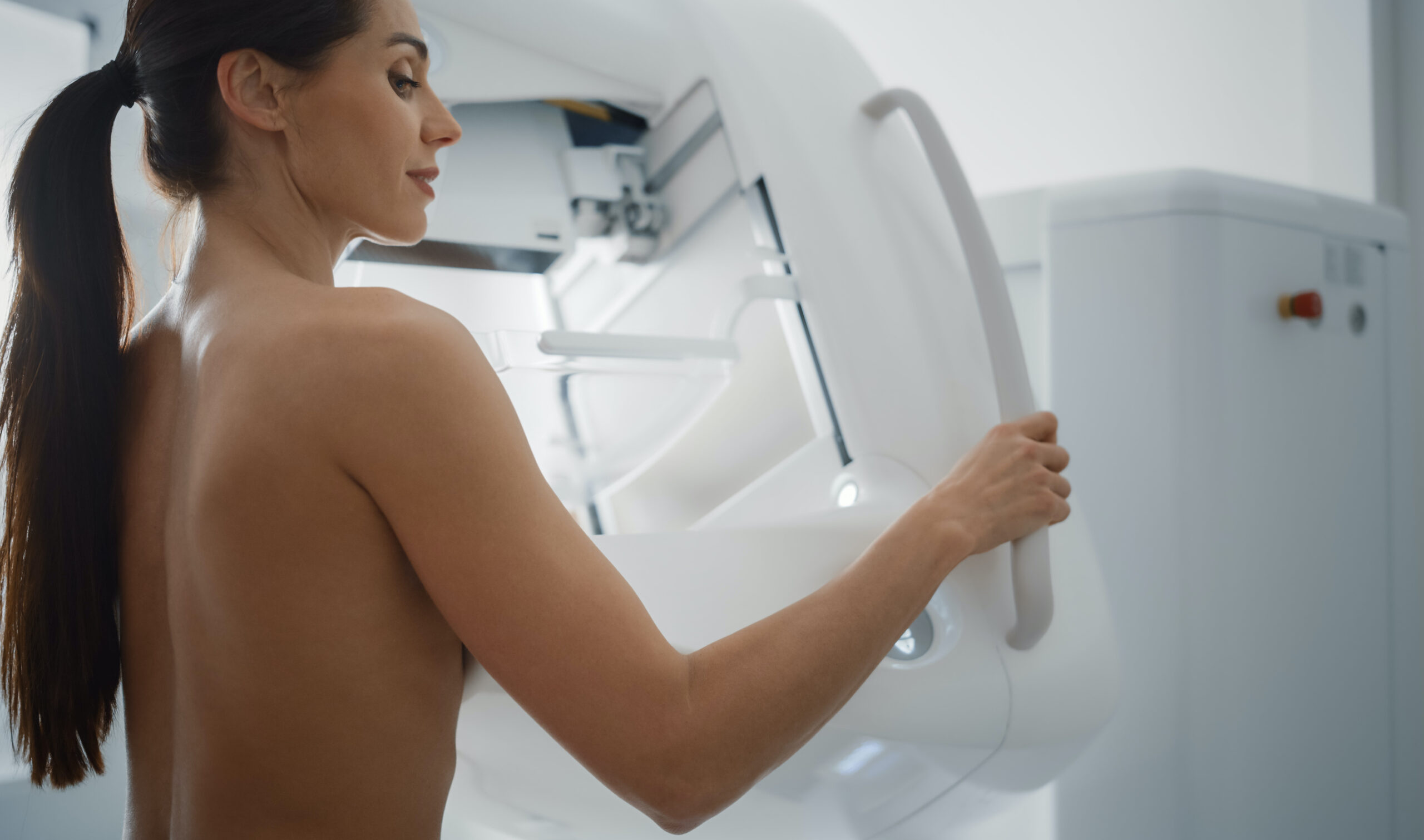Cancer is the disease that no one ever wants to think about, but unfortunately, is all too real. Women especially, have to be on the alert for issues like cervical cancer and breast cancer. Cancer screening is vital in this regard, as early detection is our best weapon against all forms of this disease. Regular screening for cancer is always a good idea, but if you are currently experiencing pelvic issues like pain or bleeding, or think you have detected a lump, we recommend you come in for a check up immediately.
At TKI, we can provide you with a script for breast cancer, cervical cancer, and colon cancer screenings.

What is a cancer screening?
A cancer screening is a basic cancer check-in, during which time we will examine you for early signs of cancer. If serious issues are detected, we may recommend further tests like a biopsy or colposcopy to confirm our diagnosis. If we confirm a diagnosis of cancer, you should begin treatment as quickly as possible to prevent its spread.
What are the benefits of cancer screenings?
Regular screening tests may find breast, cervical, and colon cancers early, when treatments are likely to work best. Depending on your medical and family history and other risk factors, additional screenings may be recommended by your TKI provider.
Do cancer screenings treat cancer?
While cancer screenings do not treat cancer or any associated symptoms, screenings can catch cancer in its early stages, when it’s easiest to treat and keep from spreading.
Do cancer screenings hurt?
While some cancer screenings may cause some discomfort, they are not painful. For example, some women feel discomfort during mammograms as the breasts are compressed between two plates in order for the procedure to be done.
Schedule cancer screenings in Marlboro or East Brunswick
Remember, the earlier cancer is detected, the easier it is to treat. At TKI, we will help ease the stress of a cancer screening and provide the best recommendations for testing and treatment. Protect your health by requesting an appointment online or calling 8-555-DRKAGA today.


